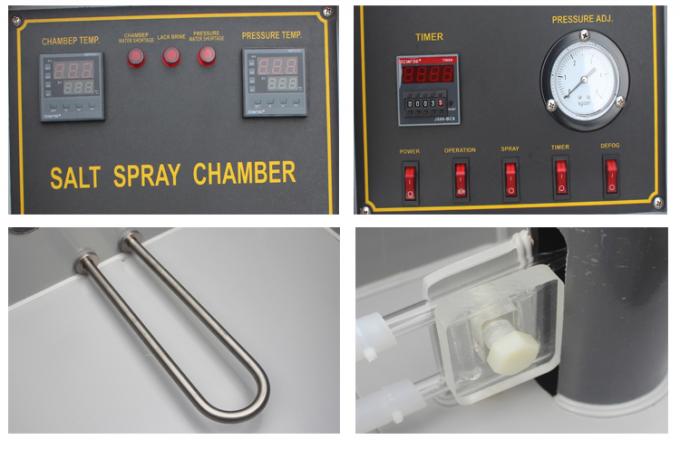- Qinsun Instruments Co., Ltd.
- Tell:+86-21-6780 0179
- Phone:+86-17740808215
- Address:No. 2578 Minhang District Gu Dai Road, Shanghai
- Contact:Mr. Li
- QQ:846490659
Correct selection of ammeter and voltmeter

1. Type selection
When the measured value is DC, a DC meter should be selected, which is the instrument of the magneto electric measurement mechanism. When measured for communication, attention should be paid to its waveform and frequency. If it is a sine wave, only the effective value needs to be measured to convert it to other values (such as value, average value, etc.), and any type of AC meter can be used; If it is a non sinusoidal wave, it is necessary to distinguish what value needs to be measured. The effective value can be measured using instruments from magnetic or ferromagnetic electric measurement mechanisms, and the average value can be measured using instruments from rectifier measurement mechanisms. The instruments of electric measuring mechanisms are commonly used for precise measurement of AC current and voltage.
2. Accuracy selection
The higher the accuracy of the instrument, the more expensive it is, and the more difficult it is to repair. Moreover, if other conditions are not properly matched, even instruments with high accuracy levels may not be able to obtain accurate measurement results. Therefore, when selecting instruments with lower accuracy to meet measurement requirements, do not choose instruments with high accuracy. Usually, instruments with grades 0.1 and 0.2 are selected as standard tables; 0.5 level and 1.0 level instruments are used for laboratory measurements; Instruments below level 1.5 are generally selected for engineering measurement.
3. Selection of Range
To fully utilize the accuracy of the instrument, it is necessary to select the appropriate instrument limit based on the size of the measurement. If not selected properly, the measurement error will be significant. Generally, the indication of the instrument being measured should be greater than 1/2 to 2/3 of the instrument range, but not exceed its range.
4. Selection of internal resistance
When selecting an instrument, the internal resistance of the instrument should also be selected based on the magnitude of the measured impedance, otherwise it will bring significant measurement errors. As the magnitude of internal resistance reflects the power consumption of the instrument itself, when measuring current, an ammeter with the smallest possible internal resistance should be selected; When measuring voltage, a voltmeter with the highest possible internal resistance should be selected.





